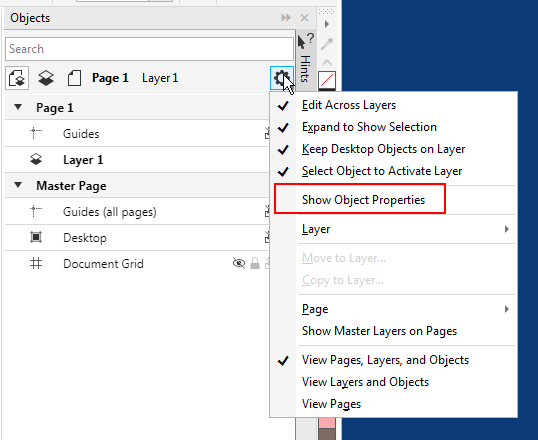
Keep the mouse button pressed and drag to the new spot you want to work on. Click the Navigator icon at the lower right. If you’re zoomed in while working on one small part of a document and want to move to another part, you don’t have to zoom out and back in again. For example, in the Transform docker, you can make a copy that’s 325 px * 3 to the right, by adding that “*3” to the X coordinate in the docker. You can enter math symbols or units wherever there is a numerical field.

You can also do math in the Position fields! Let’s move the selected rectangle another 100mm to the right by typing “+100mm” into the X position field. To do this, duplicate the rectangle, and enter “/3” at the end of one of its dimensions to divide the value by three. Let’s make another rectangle exactly ⅓ as wide as this one. One use of this is creating scaled objects.
/image%2F6197621%2F20210118%2Fob_bad173_coreldraw-2019-crack-indir.jpeg)
The unit conversion is done automatically. Or you can switch units, such as entering 1200 px or 75 mm. But you could also enter a complex value like 3 3/16”, by entering 3+3/16. It’s easy to change a dimension to a clean number like 3”. For the rectangle in this example, here are its dimensions, and the document units are in inches. If you don’t feel like grabbing your calculator, let CorelDRAW do the math for you. You can also repeat operations, such as creating one copy at a time by clicking Apply repeatedly. There are similar options for sizing and skewing. To get three of these objects spaced 3” apart, change X to 3, Y to 0, add 2 copies, and click Apply.įor rotating, try rotating 45 degrees about the center, or make 7 copies about the top point. With an object selected, you can change its position, such as moving it 1” to the right and 1.5” up, then clicking Apply. The Transform docker goes beyond simply moving or rotating objects. You can also group objects before aligning if desired. With the objects arranged vertically, you can use C to align centers horizontally, and P centers to the page. The last object selected stays in place, and the others move accordingly. Press T to align tops, or B to align bottom. It’s easy to use these on selected objects. The Object > Align and Distribute menu lists all the shortcuts for the various alignment commands: L for Align Left, R for Right, etc. Making these nodes smooth, adding more nodes, and adjusting control handles, makes for even more possibilities.Īnd these shapes are quite fun to color with the Smart Fill tool. Double-click to add a node along any segment whatever change you make to this new node happens at all the other points as well. When you pull a handle all the way to the other side, you can get some very interesting shapes.Īnd it gets even better when you start with a polygon with more sides. Without Ctrl pressed, you can twist things around. If you keep Ctrl pressed again, you can drag out a nice, even star. Activate the Shape tool and click and drag one of the nodes. Here’s a simple pentagon, and you can hold the Ctrl key to constrain its aspect ratio. The Polygon tool is great for making, well, polygons. Tip 1: Creating Complex Shapes with the Polygon Tool
#Why workspaces are the same in corel draw 2019 how to#
10 Tips for Better Productivity in CorelDRAWĭo you know how to quickly create a frame around an image? Or how to align objects with a single keystroke? Check out these 10 CorelDRAW productivity tips, which may surprise even the most experienced users.Ĭlick on any of the images below to view full-size.


 0 kommentar(er)
0 kommentar(er)
